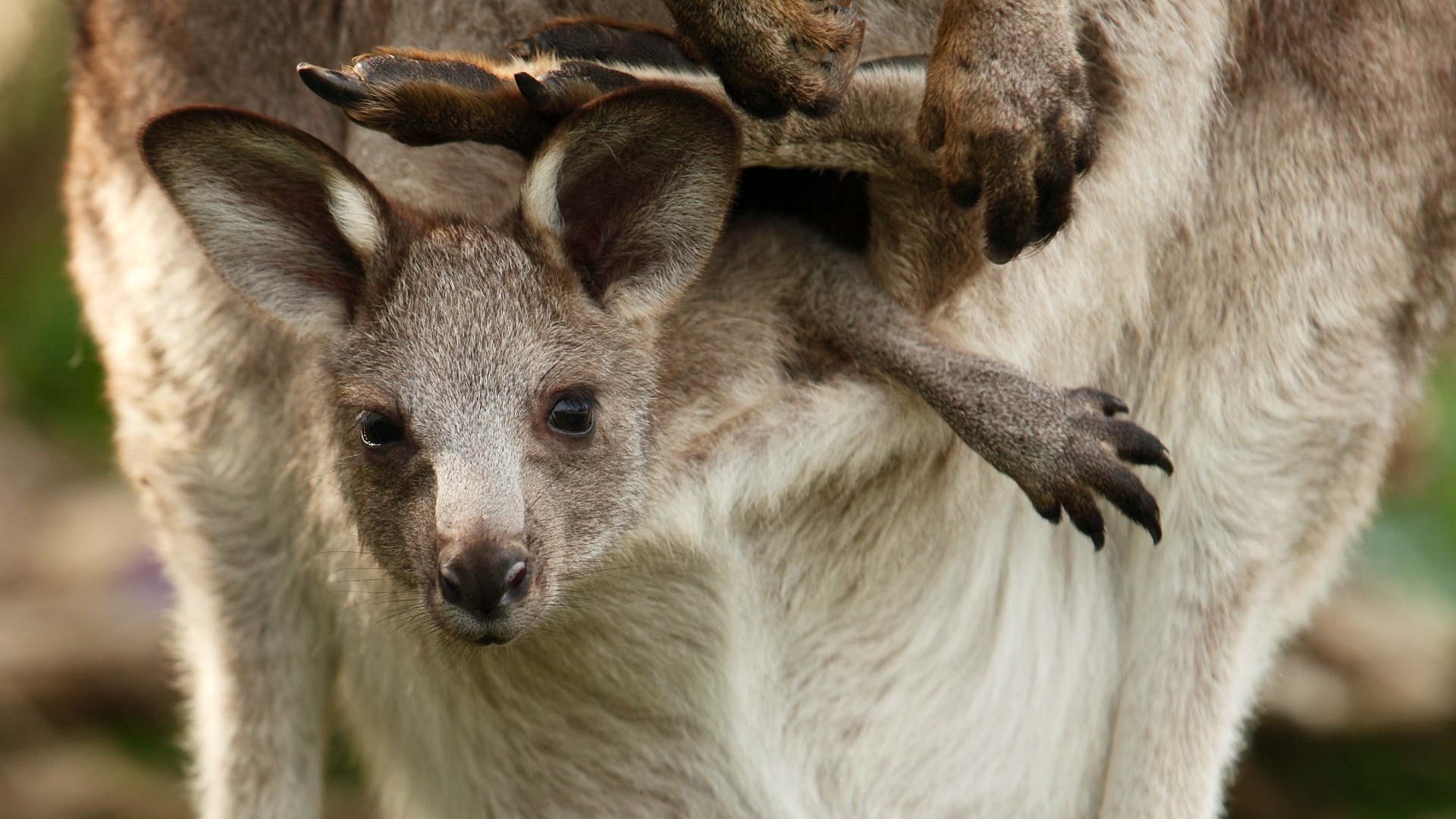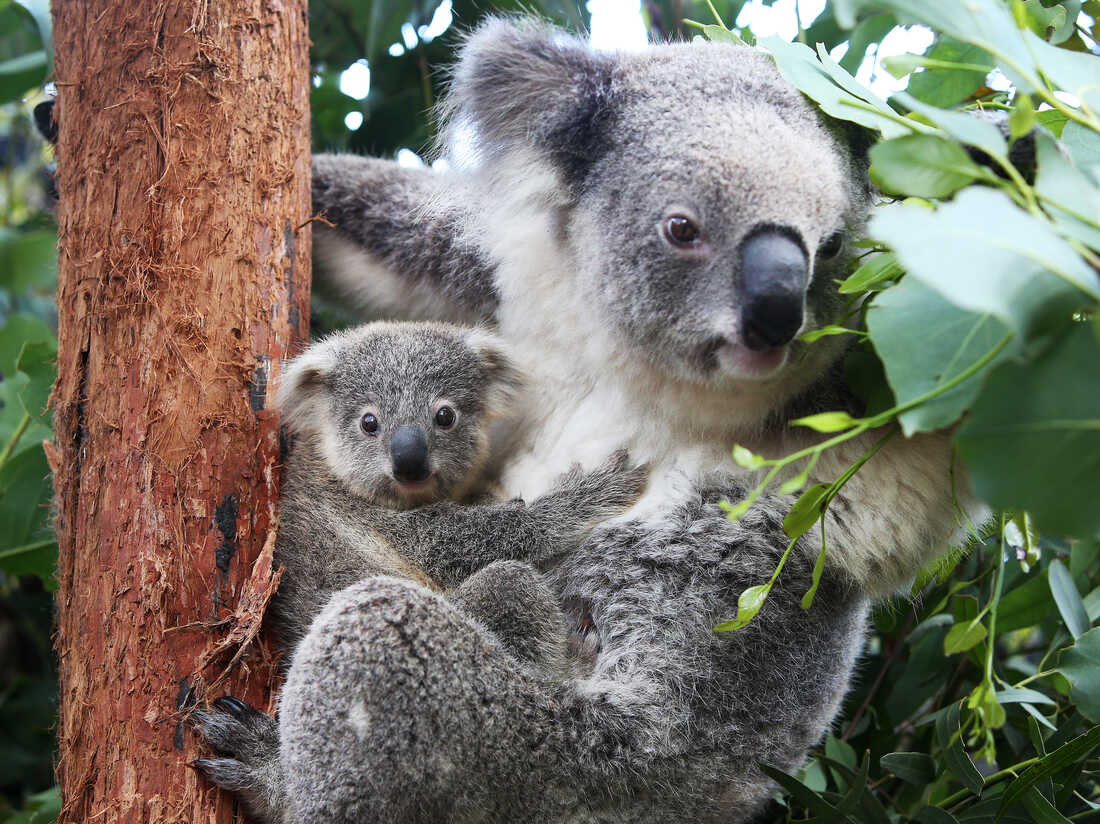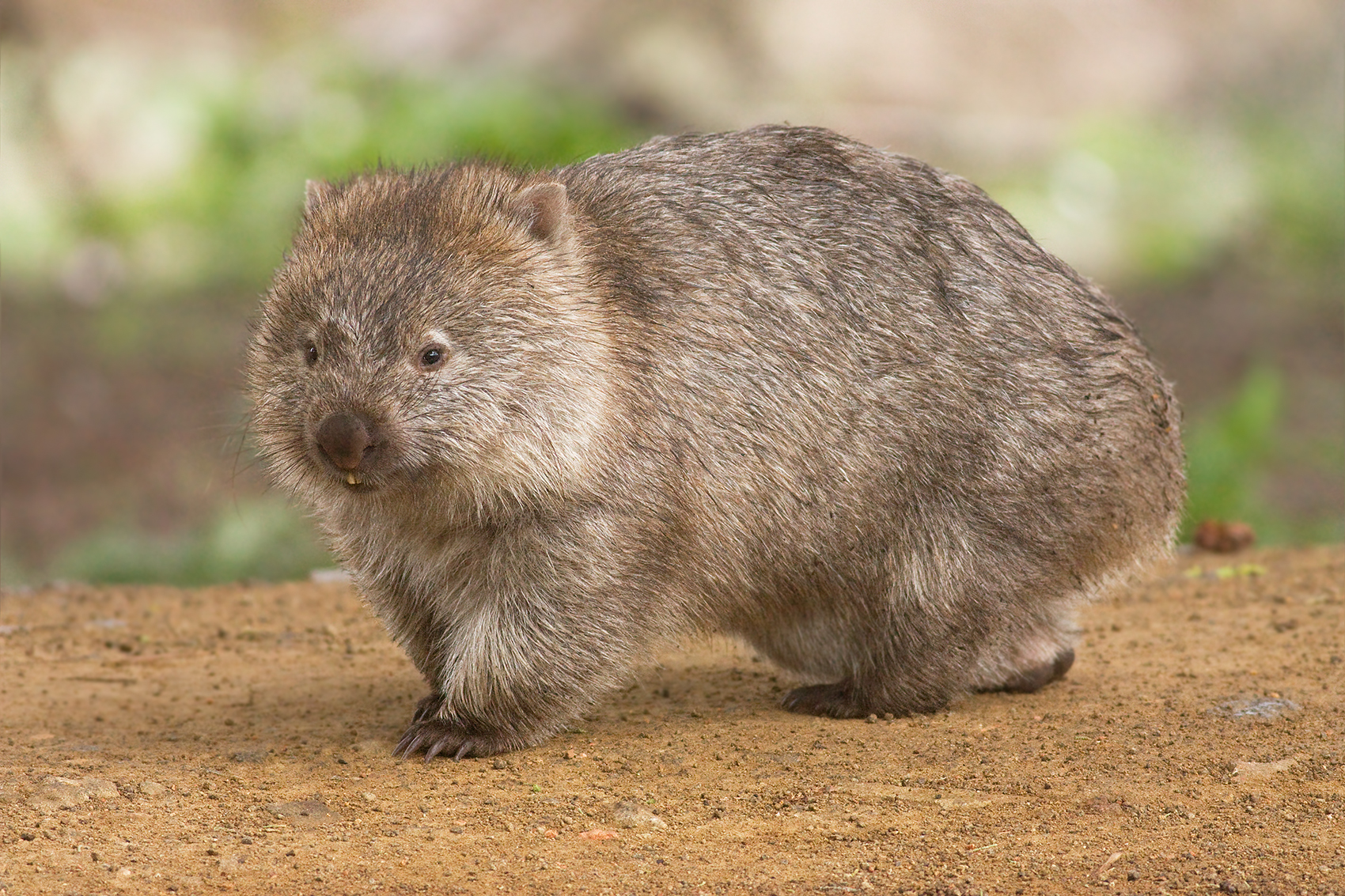Marsupials are a unique group of mammals that are characterized by giving birth to relatively undeveloped young, which then continue to develop outside the womb while attached to the mother’s nipples.
There are over 250 different species of marsupials, with the largest and most varied assortment found in Australia, New Guinea, and neighboring islands.
You are reading: 7 Distinct Types Of Marsupial
Some of the most well-known marsupials include kangaroos, wallabies, koalas, opossums, possums, quolls, wombats, bandicoots, and Tasmanian devils. In this article, we will explore the distinct types of marsupials and their characteristics.

7 Distinct Types Of Marsupial
Kangaroos, wallabies, and koalas (Diprotodontia)

Diprotodontia is the largest extant order of marsupials, with about 155 species, including kangaroos, wallabies, possums, koalas, wombats, and many others. The second and third toe on the hind feet of the marsupials in this order are joined together, and they have two large incisors on their lower jaw.
Like all marsupials, the females have pouches, and the young are born blind, hairless, and helpless. Most of the species in this order are herbivores.
Marsupial moles (Notoryctemorphia)
Marsupial moles are a highly specialized group of marsupial mammals, known from two species found in the Australian interior. They belong to the order Notoryctemorphia, which is the smallest order of marsupials, with only two species. The two species of marsupial moles are the southern marsupial mole (Notoryctes typhlops) and the northern marsupial mole (Notoryctes caurinus).
Marsupial moles are small, fossorial mammals that anatomically converge on other fossorial mammals, such as living golden moles (Chrysochloridae) and extinct epoicotheres (Pholidota). They have silky, golden fur, and their eyes are vestigial, as they spend most of their lives underground.
The evolutionary affinities of marsupial moles have been studied through comparative anatomy, mitochondrial DNA, nuclear DNA, rare genomic events, and combined datasets of nuclear and mitochondrial DNA and morphology and DNA, and the largest phylogenetic datasets strongly support the placement of Notoryctes as the sister taxon to a dasyuromorph-peramelian clade, within the Australidelphian radiation.
Bandicoots and bilbies (Peramelemorphia)
Bandicoots and bilbies belong to the order Peramelemorphia, which is an order of small ground-dwelling marsupials. This order includes 22 species that are divided among eight genera and three families.
All species in this order live either in Australia or New Guinea. The species in this order have small, compact bodies, pointed heads, and strong front claws. They have the characteristic bandicoot shape, which is a plump, arch-backed body with a long, delicately tapering snout, very large upright ears, relatively long, thin legs, and a thin tail.
Their size varies from about 140 grams up to 4 kilograms, but most species are about one kilogram. Bandicoots and bilbies are omnivores, and their diet includes insects, small animals, seeds, fruit, and fungi.
Read more : 10 Types Of Bass Ranked By Size
Bilbies have the characteristic long bandicoot muzzle and very big ears that radiate heat. They are about 29–55 cm (11–22 in) long, and compared to bandicoots, they have a longer tail, bigger ears, and softer, silky fur.
Wombats (Vombatiformes)

Wombats are short-legged, muscular quadrupedal marsupials of the family Vombatidae that are native to Australia. They are adaptable and habitat tolerant, and are found in forested, mountainous, and heathland areas of southern and eastern Australia, including Tasmania, as well as an isolated patch of about 300 ha (740 acres) in Epping Forest National Park in central Queensland.
Living species are about 1 m (40 in) in length with small, stubby tails and weigh between 20 and 35 kg (44 and 77 lb). The Vombatiformes are one of the three suborders of the large marsupial order Diprotodontia, and wombats belong to this suborder.
There are three living species of wombats, which are the common wombat (Vombatus ursinus), the northern hairy-nosed wombat or yaminon (Lasiorhinus krefftii), and the southern hairy-nosed wombat (Lasiorhinus latifrons).
Wombats are estimated to have diverged from other Australian marsupials relatively early, as long as 40 million years ago, while some estimates place divergence at around 25 million years.
Possums and gliders (Phalangeriformes)
Possums and gliders belong to the suborder Phalangeriformes, which is a group of small to medium-sized arboreal marsupials native to Australia, New Guinea, and Sulawesi.
This suborder includes about 70 species of possums, gliders, and cuscus. The common name “possum” for various Phalangeriformes species derives from the creatures’ resemblance to the opossums of the Americas.
The Phalangeriformes suborder is divided into two superfamilies, Petauroidea (ringtail possums and gliders) and Phalangeroidea (brushtail possums, cuscuses, and their relatives). The family Petauridae is a family of possums containing 11 species: four species of trioks and striped possum, six species of wrist-winged glider, and Leadbeater’s possum, which has only vestigial gliding membranes.
The wrist-winged gliders are omnivorous, specializing in sap and nectar, but taking a wide variety of supplemental foods. The gliders appear to have evolved in the open forests of Australia, but now have representatives in New Guinea and many of the smaller islands nearby.
The striped possums, on the other hand, are thought to have evolved on New Guinea, and all members of this genus are insectivores, with specialized structures for catching insects.
Dasyures (Dasyuromorphia)

Dasyuromorphia is an order of marsupial mammals that includes most of the Australian carnivorous marsupials, such as quolls, dunnarts, the numbat, the Tasmanian devil, and the extinct thylacine.
The name Dasyuromorphia means “hairy tail” in Greek, and it comprises 23 genera and 71 species of carnivorous marsupials in three families: Dasyuridae (dasyurids), Myrmecobiidae (numbats), and Thylacinidae (extinct thylacine).
Read more : Top 9 Animals That Burrow Underground
Dasyuromorphs are either semelparous or iteroparous, and they are nocturnal or crepuscular but occasionally forage or bask during the daytime.
The seventy-two extant species of Dasyuromorphia are divided into two families: Dasyuridae, containing seventy-one species divided between the thirteen genera in the subfamily Dasyurinae and the four genera of the subfamily Sminthopsinae; and Myrmecobiidae, containing the numbat.
The order Dasyuromorphia first arose around 65 million years ago, and dispersal to Australia occurred by 63 million years ago.
Monito del monte (Microbiotheria)
The Monito del monte is a small marsupial that is native to southwestern South America, specifically the northern portions of Patagonia, Argentina, and Chile. It is the only extant species in the ancient order Microbiotheria, and the sole New World representative of the superorder Australidelphia.
The Monito del monte is the size of a mouse, with short and dense brown-gray fur, black rings around its eyes, and a prehensile tail. It is nocturnal and primarily insectivorous, but during the summer, it eats large quantities of fruit, especially mistletoe fruit.
Monitos del monte play a key role in seed dispersal for fleshy fruit-producing plants in temperate forests, and they may also be important for reducing insect pests.
The Monito del monte breeds once a year, and the average litter is 1-4 young. The babies climb into the mother’s pouch and attach themselves to one of four teats, where they stay for around two months.
FAQS
1. What are marsupials?
Marsupials are a group of mammals that are characterized by giving birth to relatively undeveloped young, which then continue to develop outside the womb while attached to the mother’s nipples.
2. What are the three types of mammals?
Mammals can be generally classified into three broad groups: egg-laying monotremes, marsupials, and placentals.
3. What is the difference between marsupials and placental mammals?
Marsupials are mammals that nurture their young in an external pouch on the front or underside of its body. On the other hand, a placental mammal is a mammal that completes embryo development inside the mother and is sustained by the placenta.
4. How many species of marsupials are there?
There are over 250 different species of marsupials, with 334 species in the world.
5. What are some examples of marsupials?
Some of the most well-known marsupials include kangaroos, wallabies, koalas, opossums, possums, quolls, wombats, bandicoots, and Tasmanian devils.
6. What is the Monito del monte?
The Monito del monte is a small marsupial that is native to southwestern South America, specifically the northern portions of Patagonia, Argentina, and Chile. It is the only extant species in the ancient order Microbiotheria, and the sole New World representative of the superorder Australidelphia.
7. What is the difference between marsupials and placental mammals in terms of brain size?
Marsupials are notably less intelligent than placental mammals, partly because of their simpler brains. The marsupial brain is also smaller relative to overall body size.
Source: https://petstutorial.com
Category: Animals










